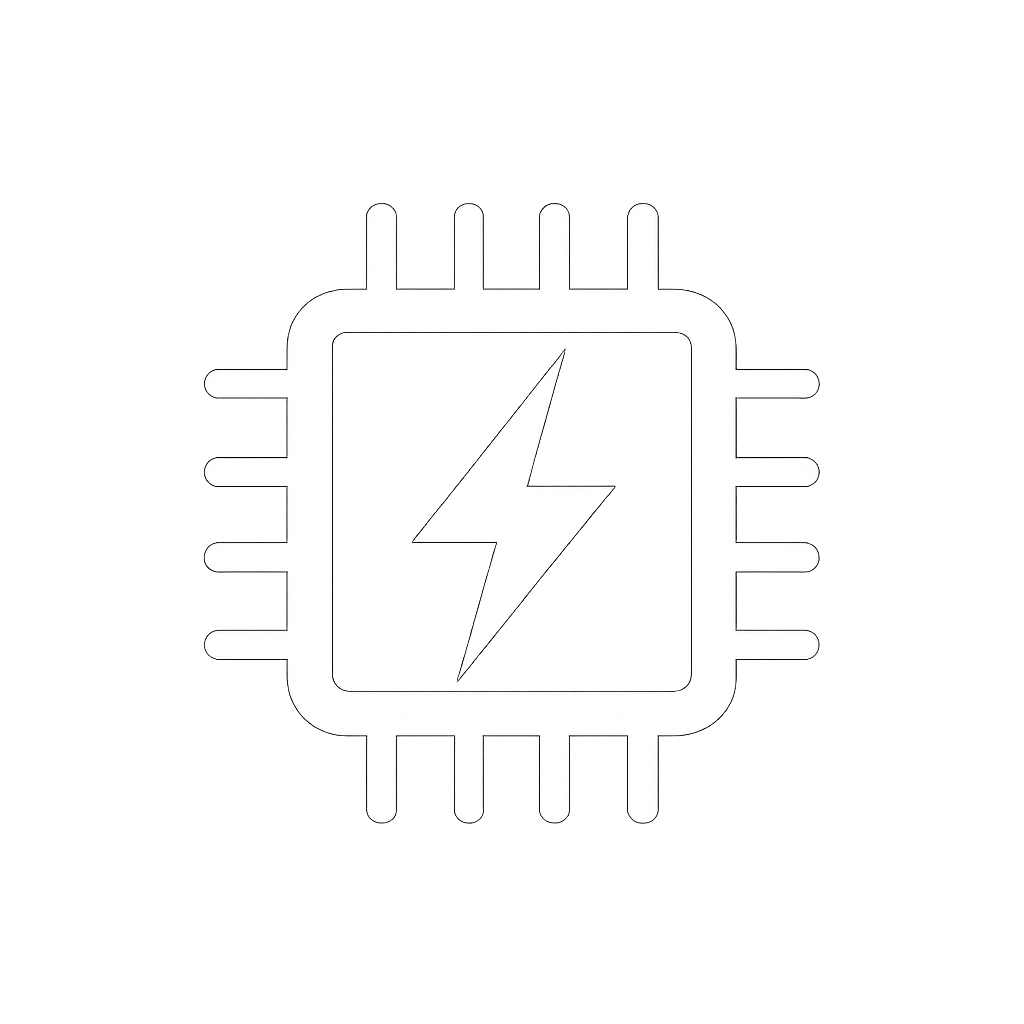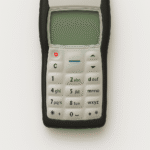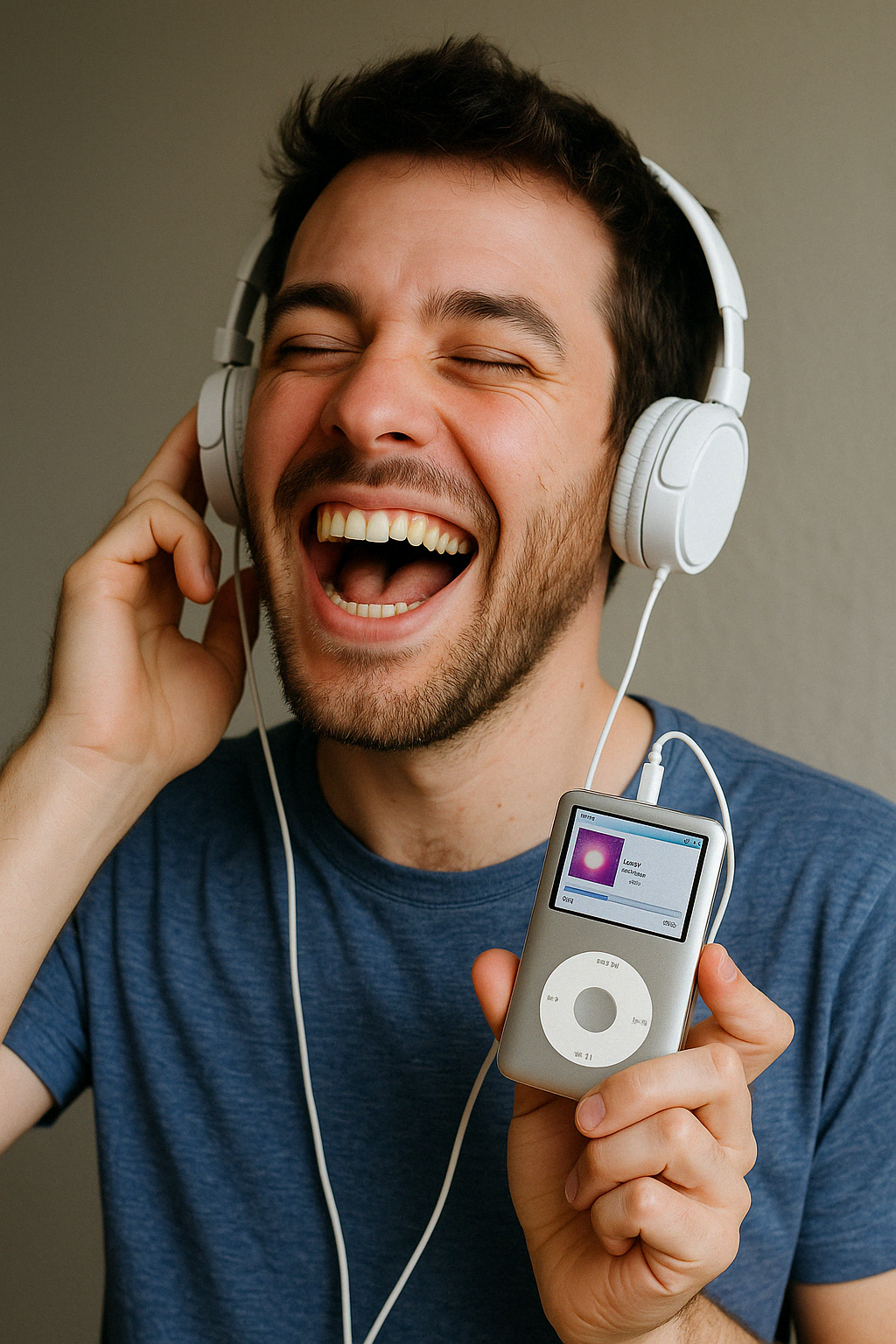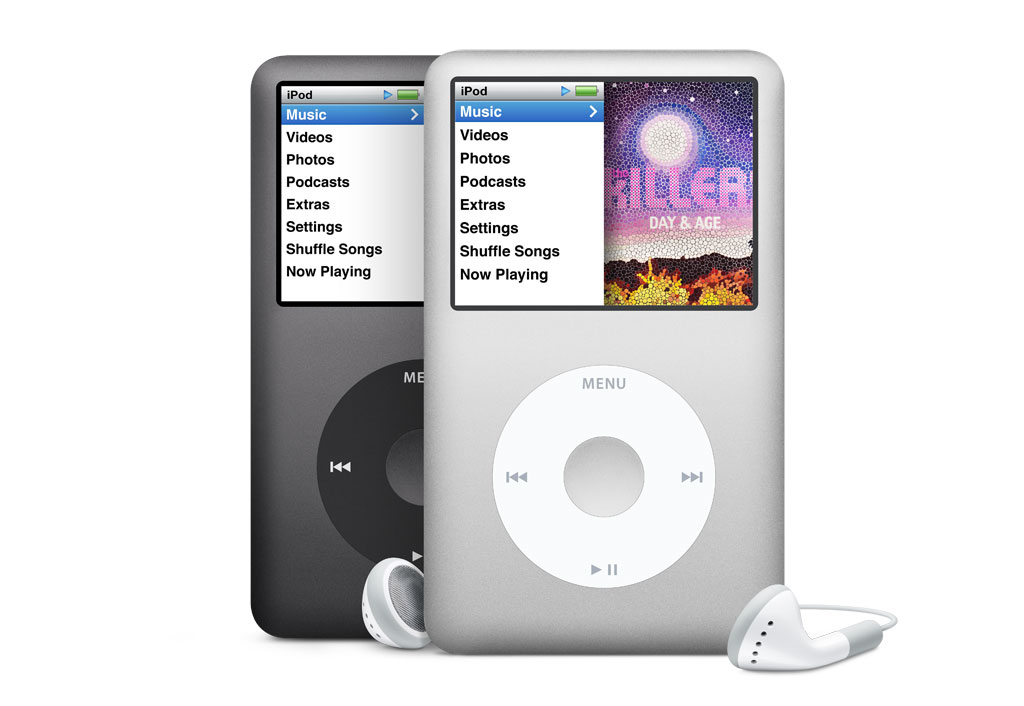Nokia N8: The smartphone that marked an era with its 12 MP camera
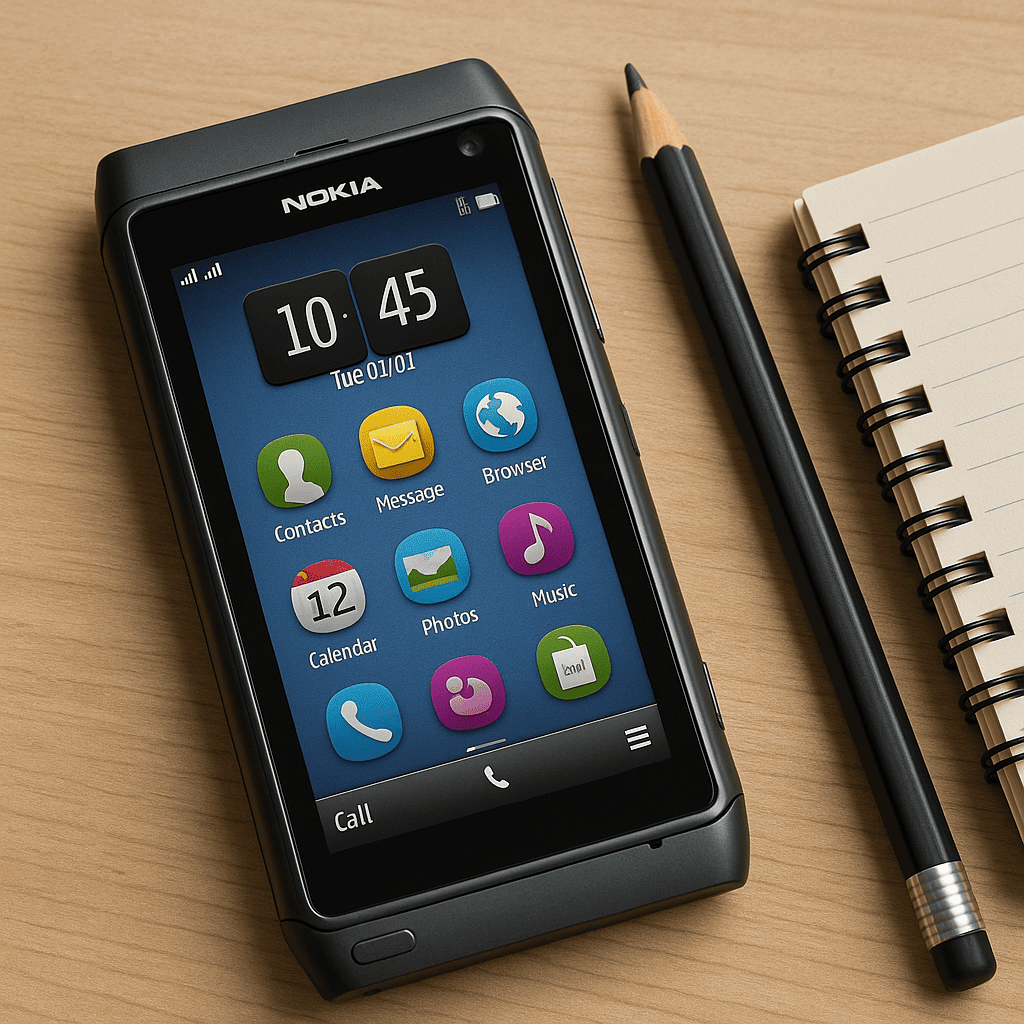
Remember when phones were rugged, had impressive cameras, and didn't require constant updates? The Nokia N8, launched in 2010, was a device that made its mark on mobile phone history. In this article, we'll explore its features, advantages, disadvantages, and impact on society.
Release date and price
The Nokia N8 was announced in April 2010 and became available in September of the same year. Its launch price was approximately €549, although some retailers offered it for €499.
Highlighted specifications
Operating system: Symbian^3, upgradeable to Symbian Belle
Screen: 3.5-inch AMOLED with 640×360 pixel resolution
Processor: 680 MHz ARM11
RAM memory: 256 MB
Internal storage: 16 GB, expandable via microSD up to 32 GB
Rear camera: 12 MP with Carl Zeiss optics and Xenon flash
Front camera: VGA for video calls
Battery: 1200 mAh non-removable
Connectivity: Wi-Fi, Bluetooth 3.0, HDMI, USB On-The-Go, GPS
The good thing about the Nokia N8
Exceptional camera: Its 12 MP sensor with Carl Zeiss optics and Xenon flash offered superior photographic quality to many of its competitors at the time.
Solid construction: Anodized aluminum body available in various colors, providing a premium feel and durability.
Versatile connectivity: It included HDMI and USB On-The-Go ports, allowing the phone to be easily connected to TVs and other devices.
Expandable storage: Possibility of expanding memory up to 32 GB using microSD cards
The good thing about the Nokia N8
Exceptional camera: Its 12 MP sensor with Carl Zeiss optics and Xenon flash offered superior photographic quality to many of its competitors at the time.
Solid construction: Anodized aluminum body available in various colors, providing a premium feel and durability.
Versatile connectivity: It included HDMI and USB On-The-Go ports, allowing the phone to be easily connected to TVs and other devices.
Expandable storage: Possibility of expanding memory up to 32 GB using microSD cards.
The bad thing about the Nokia N8
Limited operating system: Symbian^3 failed to compete effectively with iOS and Android, offering a less fluid user experience and a limited app store.
Modest processor: Its 680 MHz CPU and 256 MB of RAM were insufficient for more demanding tasks, resulting in lower performance than other smartphones of the time.
Non-removable battery: Although it offered good battery life, the fact that the battery could not be easily replaced was a disadvantage for some users.
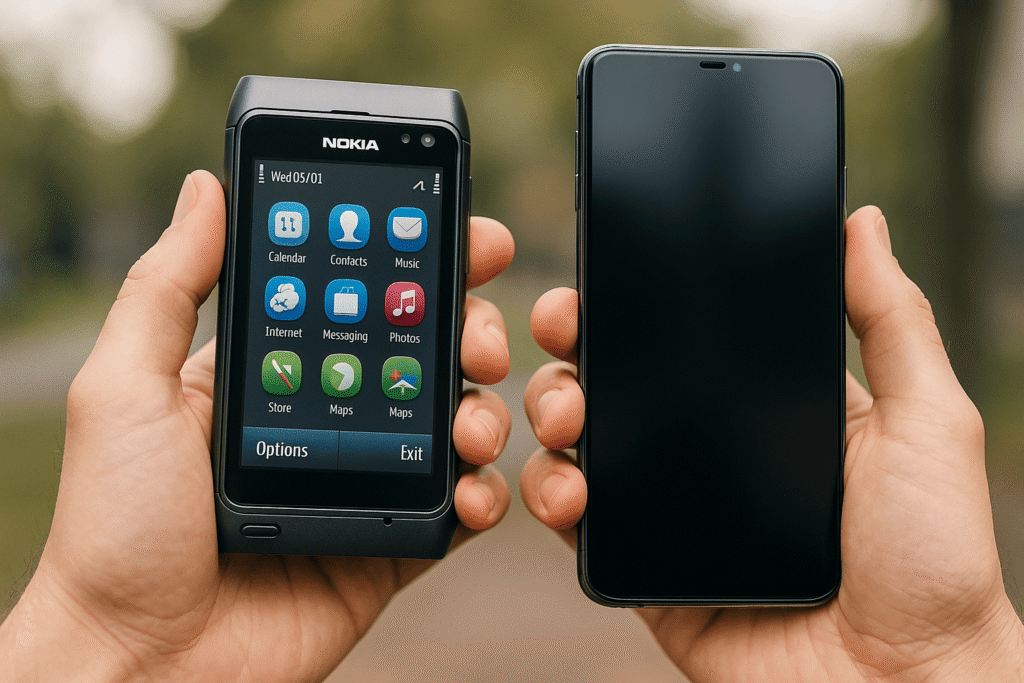
Impact on society
The Nokia N8 was the Finnish company's attempt to stay relevant in an increasingly competitive market. While it failed to halt the rise of iOS and Android, it left a significant mark thanks to its focus on mobile photography. It was one of the first smartphones to offer a photography experience comparable to that of compact digital cameras, influencing the evolution of cameras in subsequent smartphones.
Definitely. The Nokia N8 represents an era in which innovation focused on offering unique, high-quality features. Although its operating system failed to keep up with the competition, its hardware, especially the camera, was a benchmark for its time.
